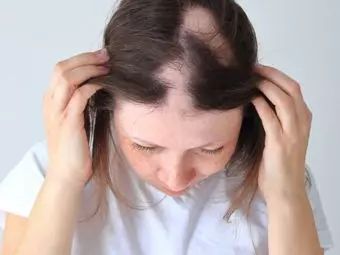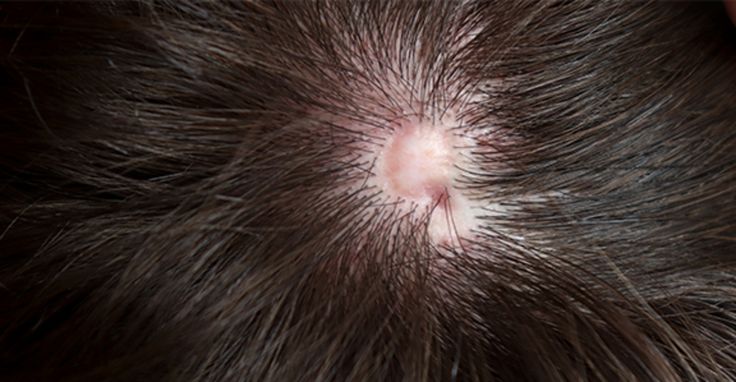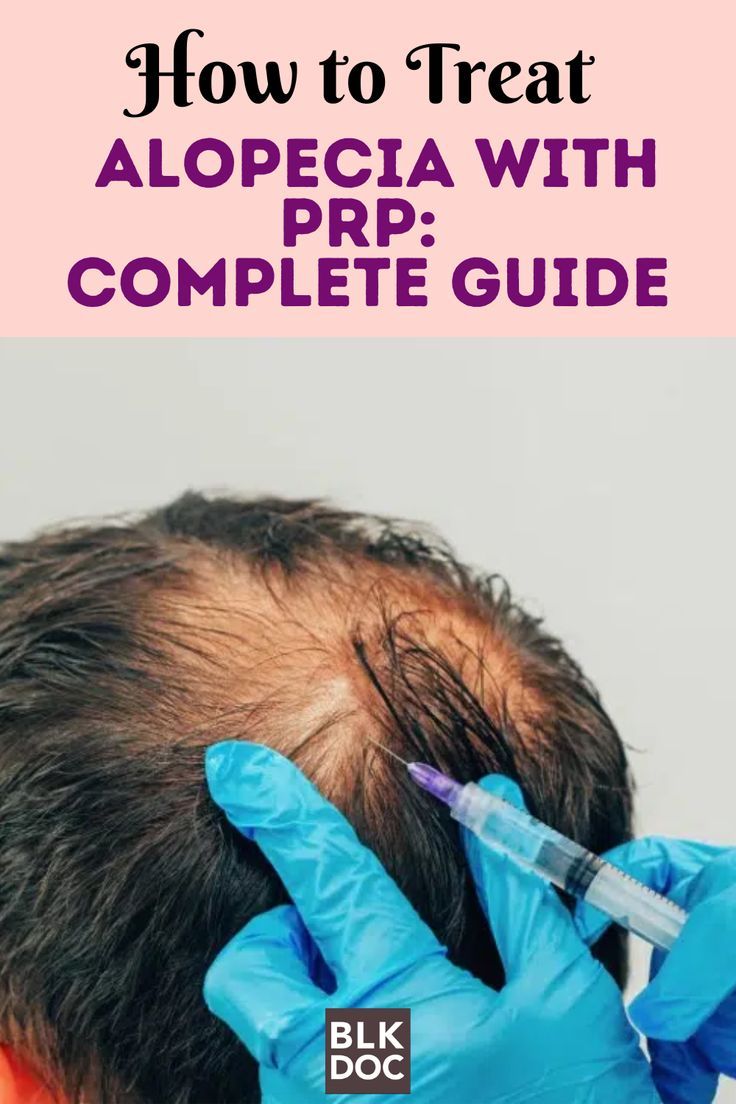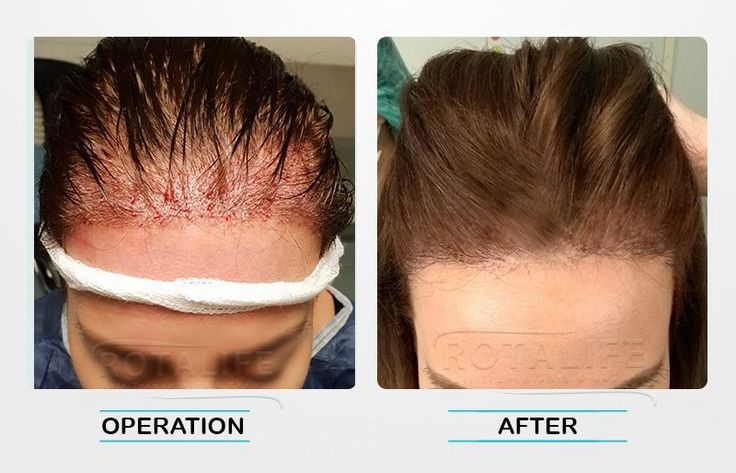Traction alopecia is a type of hair loss that occurs due to prolonged tension on the hair follicles. This condition is particularly common among individuals who frequently wear hairstyles that pull on their hair, resulting in unsightly hair loss and discomfort. In this blog post, we will explore what traction alopecia is, its symptoms, causes, how to prevent and treat it, and some recommendations from GlamVigor.

- 一What is Traction Alopecia?

Traction alopecia is a form of hair loss that results from constant tugging or pulling on the hair. This condition can lead to significant thinning along the hairline and can occur in anyone, but it is most prevalent in those who wear tight hairstyles such as braids, ponytails, or buns. Over time, the pressure on hair follicles causes damage, leading to symptoms and noticeable hair loss.
- 二 What Symptoms Does Traction Alopecia Cause?
Traction alopecia can present several symptoms, which may vary in severity from person to person. Here are some common signs to be aware of:
- **Hair Breakage or Hair Loss**: One of the most noticeable symptoms is the weakening of hair strands, leading to fragile and broken hair.

- **Scalp Redness, Stinging, Blisters, or Even Folliculitis**: The continuous pulling can irritate the scalp, resulting in inflammation and discomfort.

- **Desquamation and Itching**: You may experience flaking and itching of the scalp, indicating irritation.

- **The Hairline is Obviously Receding**: A noticeable receding hairline is often a clear sign of traction alopecia, especially around the temples and forehead.

- 三 What Causes Traction Alopecia?

Understanding the causes of traction alopecia is crucial to prevent its development. Here are some leading factors:
- **Pulling Your Hair Too Tight**: Wearing hairstyles that exert excessive tension on your hair can lead to traction alopecia over time.

- **Chemical Relaxers**: The use of chemical treatments to straighten or relax curls can weaken hair and contribute to hair loss.

- **Using Hairpins, Hair Bands, Curlers, or Accessories that Pull Your Hair**: Accessories that grip too tightly can cause stress on the hair follicles, leading to gradual hair loss.

- 四 How to Prevent and Treat Traction Alopecia?

Prevention is key when it comes to traction alopecia. Here are some effective strategies to protect your hair and scalp:
- **Protect Your Hair and Scalp**: Ensure that your hairstyles are loose enough to avoid excessive pulling.
- **Change Your Hairstyle Every Few Weeks**: Alternating between different styles can help minimize stress on specific areas of your scalp.
- **Avoid Tight Ponytails or Buns with Non-Elastic Headbands**: Opt for soft and elastic hair bands that do not pull tightly when tied.
- **Avoid Chemical Treatments on Your Hair**: Reduce the use of harsh chemical relaxers or treatments that can damage hair.
- **When Wearing Wigs or Extensions, Remove Them After Wearing for a Short Period**: Give your hair breaks from extensions to prevent further stress.
- **Set the Temperature of Your Hair Dryer and Straightener to a Low Setting**: Excessive heat can exacerbate hair breakage.
- 五 GlamVigor's Recommendations for Traction Alopecia
If you’re experiencing traction alopecia, here are some tailored recommendations from GlamVigor:
- **For Permanent Damage**: Hair plugs or transplants may be necessary if the hair loss is significant.

- **If You Are Just Letting Your Hair Grow Back**: Give it time; in the interim, wigs or hairpieces are a great choice to enhance your appearance. Recommended Explore GlamVigor wigs to find the perfect fit for your needs. We offer a diverse collection designed to suit various styles and preferences.

- *Note**: If your condition is serious, please seek medical attention immediately.
In conclusion, traction alopecia is a distressing condition, but with the right knowledge and care, it can be managed effectively. Be mindful of your hairstyle choices, and consider exploring GlamVigor’s range of wigs as a stylish solution while you care for your hair. For any concerns about your scalp health, always consult a healthcare professional.